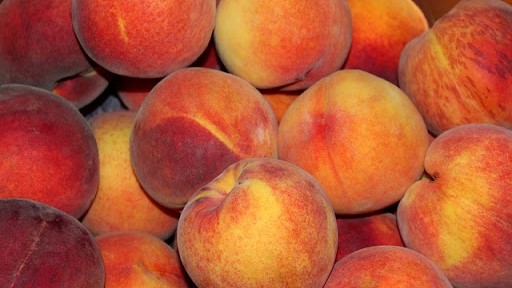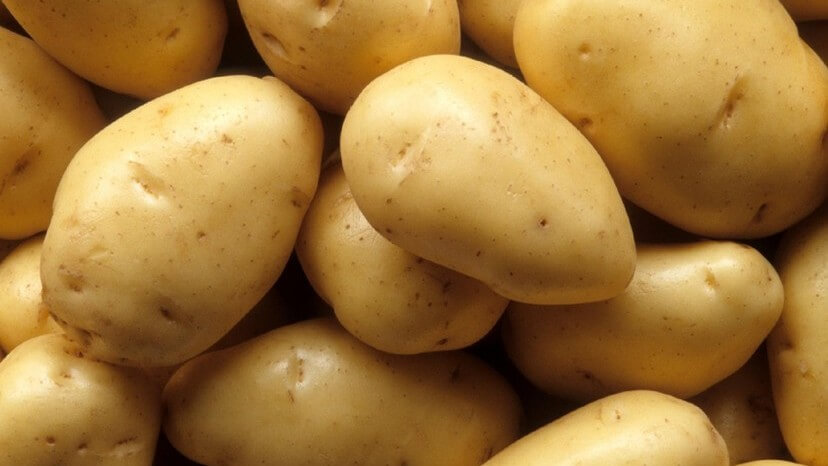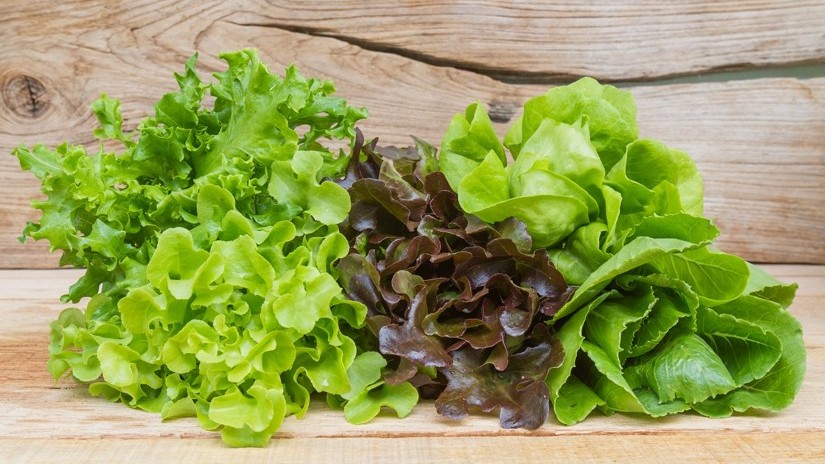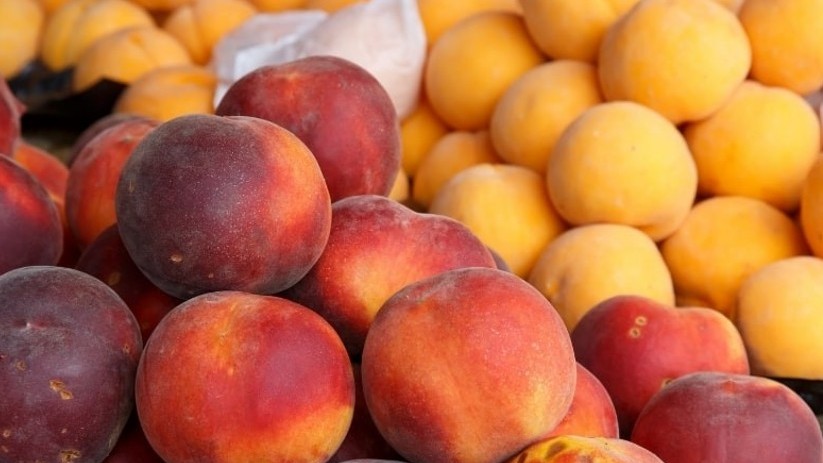News
Methyl Jasmonate Application Inhibits Ethylene Biosynthesis in Postharvest Peach
The postharvest application of methyl jasmonate inhibits ethylene biosynthesis and signaling in peach by activating the negative feedback of the jasmonic acid signaling pathway

The peach (Prunus persica L. Batsch, family Rosaceae) is highly appreciated by consumers worldwide for its attractive color, unique flavor, juicy texture, and high nutritional value.
However, as a typical climacteric fruit, peach undergoes rapid ripening and senescence during postharvest storage, resulting in unfavorable changes such as rapid softening, loss of aroma, nutrients, and deterioration, which compromise quality and limit commercial value. Therefore, it is important to investigate the mechanisms of fruit ripening and senescence after harvest and develop promising and effective strategies to maintain better fruit quality.
Regulation of Ripening and Senescence
Fruit ripening and senescence is a complex process regulated by various plant hormones. Ethylene is often considered to play a fundamental role, especially in climacteric fruits.
Previous studies have shown that the regulation of fruit ripening and senescence could be achieved by altering ethylene biosynthesis. Since the enzymes 1-aminocyclopropane-1-carboxylate synthase and 1-aminocyclopropane-1-carboxylate oxidase are key in ethylene biosynthesis, much of the regulation of ethylene synthesis is achieved by inhibiting the transcription, translation, and stability of these enzymes.
Jasmonic Acid and Derivatives and Ethylene Biosynthesis
Ethylene biosynthesis is also regulated by other plant hormones, such as auxins, abscisic acid, and jasmonic acid.
Jasmonic acid and its derivative, methyl jasmonate, are endogenous signaling molecules that regulate plant development and adaptation to environmental stress.
Methyl jasmonate has been widely used in horticultural products in trials as an effective treatment to improve fruit quality, for example, by promoting the emission of volatiles, enhancing anthocyanin synthesis, and delaying decay.
Postharvest applications of methyl jasmonate in various fruits and vegetables have also been observed to regulate ethylene biosynthesis.
The function of methyl jasmonate on ethylene biosynthesis is quite complex and depends on the applied concentration. Indeed, exogenous methyl jasmonate can activate jasmonic acid biosynthesis and initiate its signaling pathway, which in turn regulates fruit ripening and senescence.
Additionally, jasmonic acid also induces the negative feedback of its signaling pathway to prevent overactivation of responses to methyl jasmonate.
Better Fruit Quality with Methyl Jasmonate Application in Peach
A recent study analyzed the effects of methyl jasmonate treatment at a concentration of 10 μM on ethylene biosynthesis and signaling in peaches during storage at 20 °C.
The results showed better fruit quality and reduced ethylene production during storage, as well as a significant decrease in the activities of the enzymes 1-aminocyclopropane-1-carboxylate synthase and 1-aminocyclopropane-1-carboxylate oxidase.
These results suggest that negative feedback regulation suppresses jasmonic acid signaling, thereby diminishing its enhancing effect on ethylene biosynthesis in peaches during storage.
Source
Zh, L.; Yu, H.; Xu, X.; Yu, Z. (2024). Postharvest application of methyl jasmonate inhibited ethylene biosynthesis and signaling in peach through activating the negative feedback of JA-signaling pathway. Postharvest Biology and Technology, 213: 112965.
Image
Nutritional Information of Peach: http://www.dietaynutricion.net/informacion-nutricional-de/melocoton-o-durazno/













